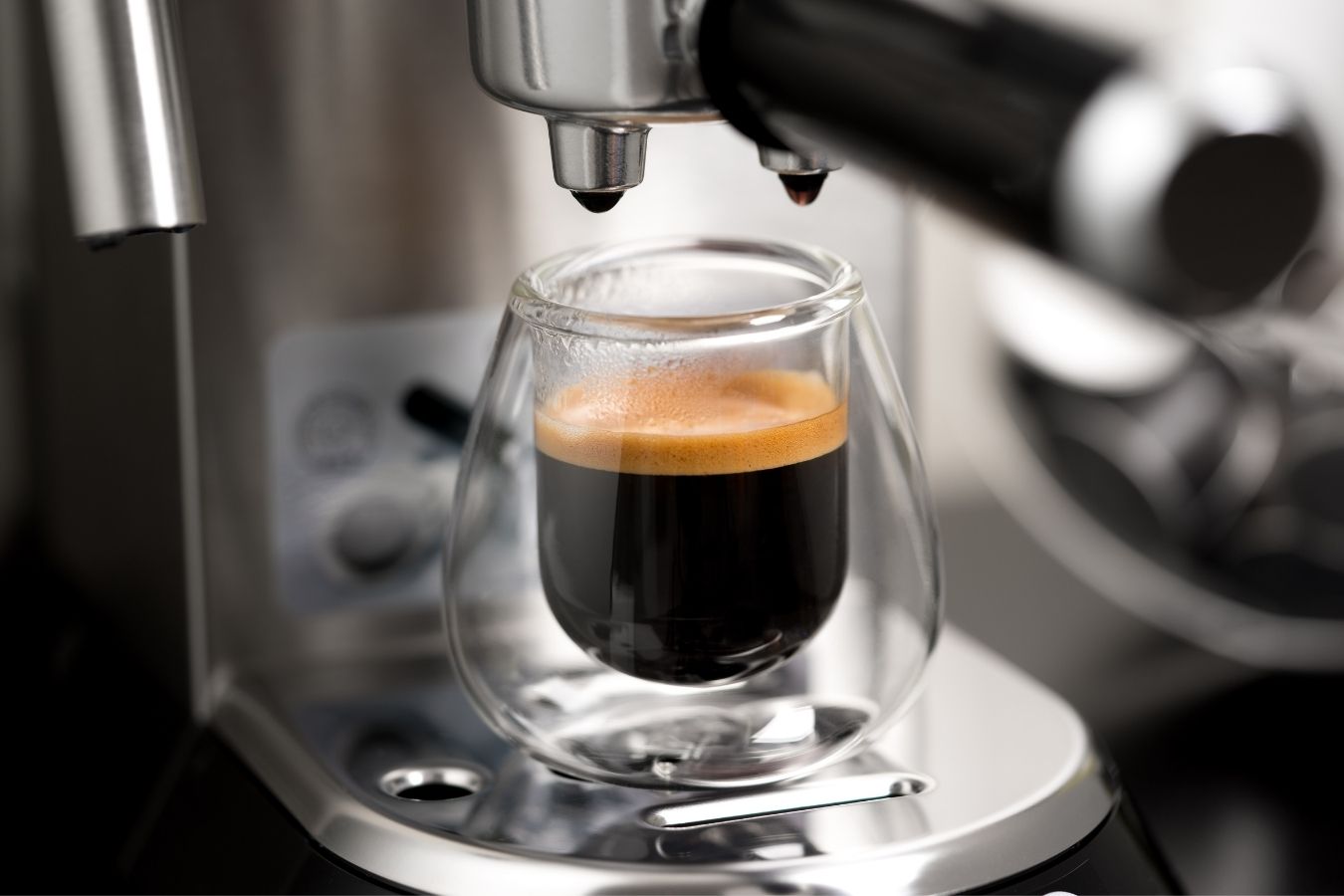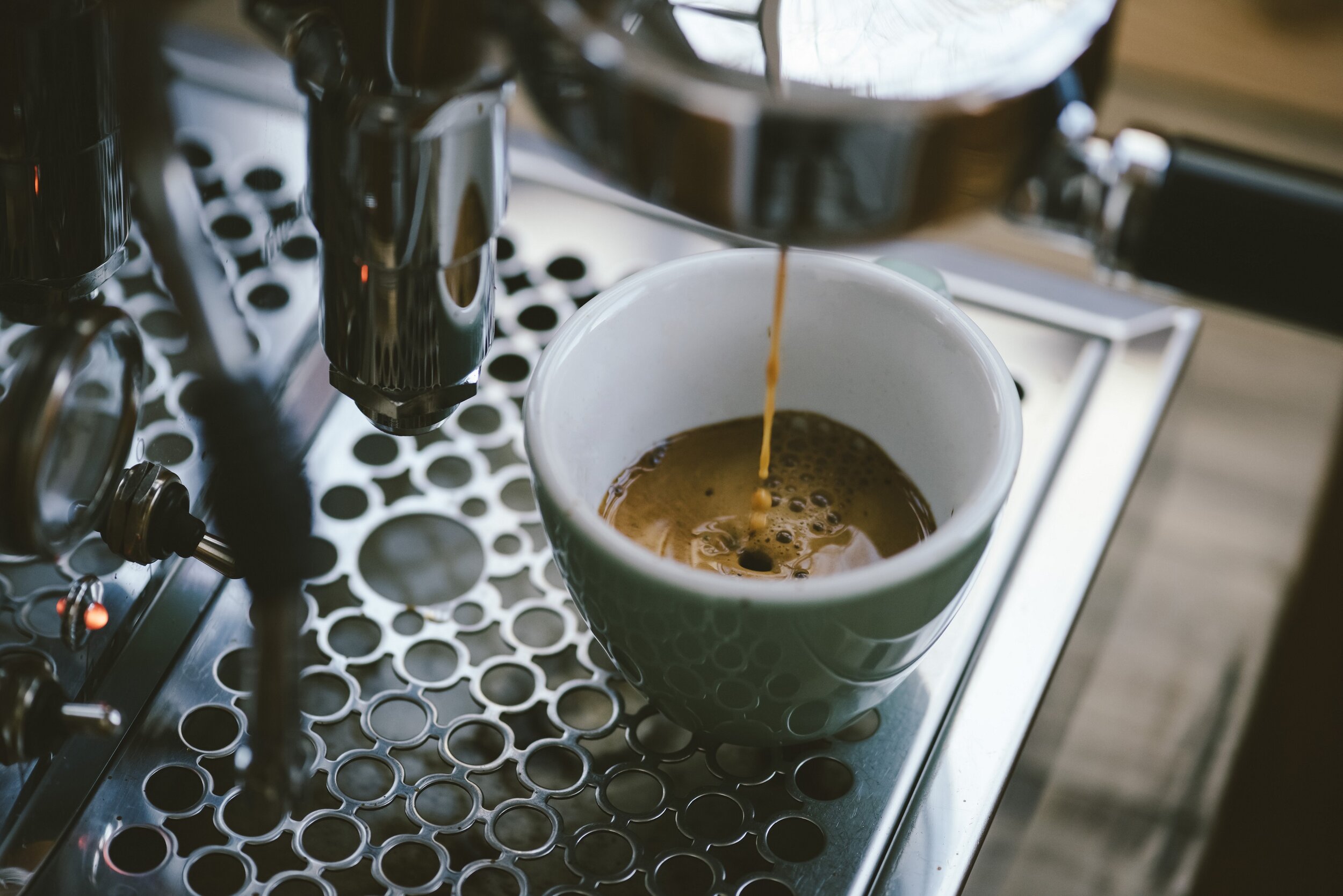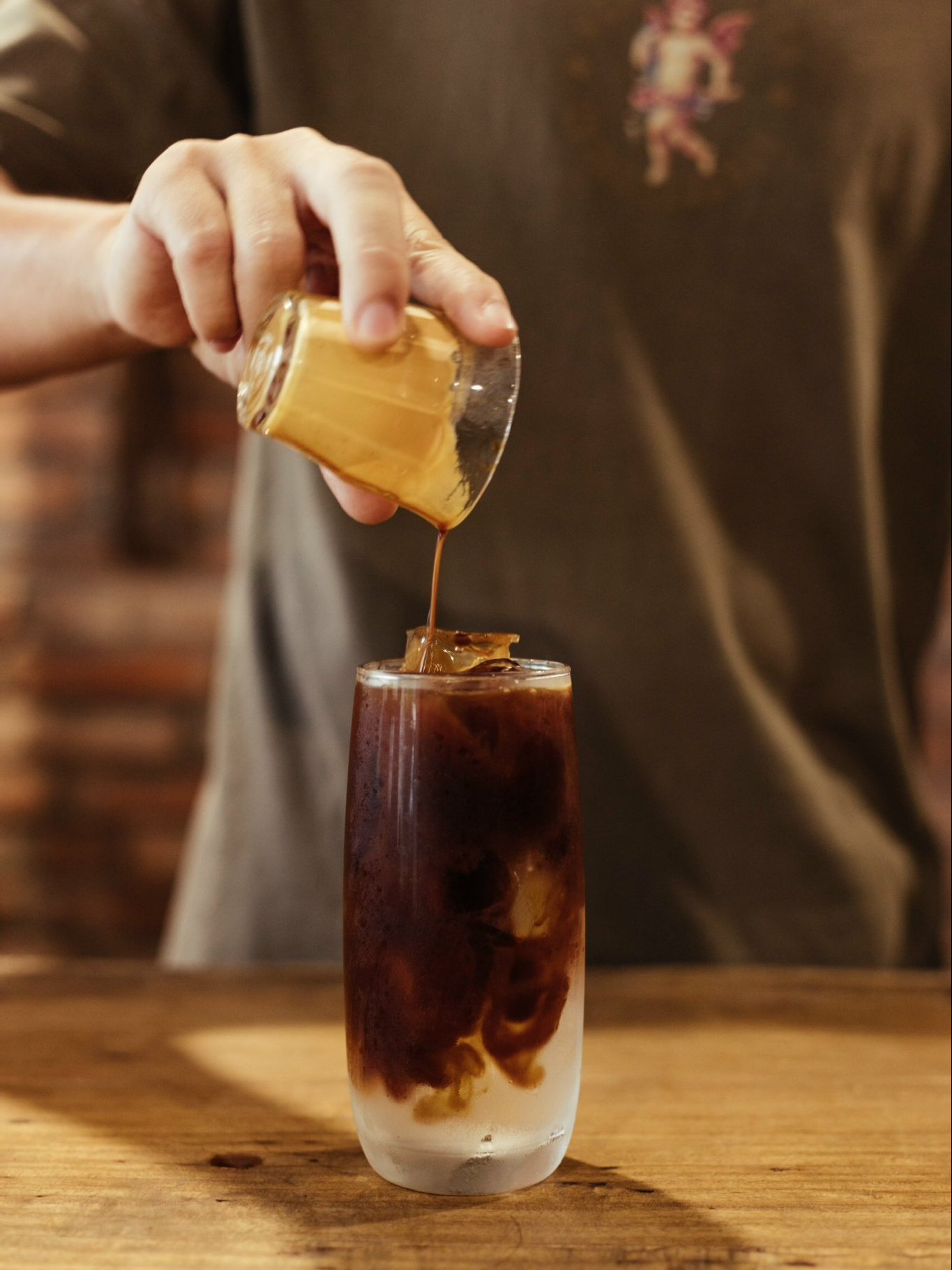
Espresso Dilution Trend – In recent years, the trend of diluting Espresso coffee has become more and more popular in the high-quality coffee community, with less coffee (reduced brew dosage) and more water (high extraction volume)).
However, the beginning of speciality coffee in general and Espresso, in particular, has certainly witnessed an opposite trend.
This move can be attributed to increased roasting skills and the quality of green coffee beans. As farmers improved farming techniques, the desired soluble content of each coffee bean increased.
Similarly, coffee roasters have improved the way they roast their coffee with extensive data logging software, more tastings, and increased burning knowledge every day.
As the tools for making coffee are modified and improved, baristas retain the ability to dissolve more substances from the coffee. Higher extraction matches well-roasted coffee, allowing the industry to use less coffee for a higher total solubles per cup.
It would be a long story to find the common cause of the “degradation” of our drinks, but what is certain is that humans have spent a lot of time in the history of espresso machines trying to limit the dosage.
Once you’ve extracted “most of the solute” in a single coffee bean, with that much water, temperature and pressure – breaking down any of the elements entails a change of many other problems.
So for a long time, people have always followed and are satisfied with the general “principle” of Espresso.
Espresso constant
Italian-style Espresso with high solute concentration and bouncy crema only appeared after the invention of the modern espresso machine in the 1940s.
It depends on which espresso machine you use and the model. In any phase, dosages can be used from about 5g to as high as 27g to get 20-35ml of liquid Espresso (see also Basic Espresso ).
Within an extensive range of technical factors involved in the brewing method, the best strength for Espresso is widely debated and not agreed upon as the possibilities & variations of this drink are such diverse forms.
While traditional Italian espressos reach around 7% TDS, today’s speciality espressos made anywhere have a TDS of 7-12% or even 15%.
To better understand concentration (TDS) and dosage, you can check out the brochure “Extraction Science” from PrimeCoffee or Coffee Extraction Basics.

According to SCA, the optimum concentration for Espresso should be around 9-15% with an extraction ratio of around 18-22%.
SCA Standard 350-2021
To achieve this range, the Specialty Coffee Association offers a range of definitions for Espresso: Espresso is a 25-35ml beverage made from 7-9 grams of coffee and clean water. A temperature of 90.5-96.1°C is pressed at a pressure of 9-10 atm through it for 20-30 seconds. While brewing, Espresso coffee will have the viscosity of warm honey, and the resulting drink will have a dark golden crema floating.
Compared to Espresso, filter coffee (Drip or Pour-over) in general, there is less debate because the TDS of this blend is very small, between 1-2% (Barista Hustle, 2019).
Second in terms of concentration, after Espresso is Ibrik, which can produce about 3% TDS. The only exception is the industrial process of instant coffee production, which uses temperatures up to 180°C and pressures of around 8 bar to extract concentrations of up to 30% for optimum drying. (RJ Clarke, 1987).
At this point, do you realize it’s not common for a coffee to have a TDS of 2-6%? Experts call this interval the “Valley of Concentration”.
Valley of Concentration
The time it takes a bartender to finish a cup of coffee significantly impacts a business’s efficiency. By far, Espresso is the fastest method to brew coffee, with an extraction rate of 18-22%.
Since the late 1940s, Espresso has been widespread across many different cultures, partly due to this effect.
On the other hand, the third wave of coffee has revived the style of manual filter coffee (Drip or Pour-over), which has a much lighter palate than Espresso but is recognized for its ability to show nuances. The taste of speciality coffee.
According to SCA, for filter coffee (Drip) the total amount of soluble solids in coffee should be in the range of 11.5 to 13.5 grams/liter, corresponding to a TDS of 1.15 to 1.35%.
SCA Golden Cup Standard
Due to the commercial advantages of both methods, other “hybrid” styles have become less common in the speciality coffee movement.
Between the two types, one extremely strong and one extremely weak, there exist many extraction methods that fall between these two extremes.
Typically a Moka pot , ibrik , French press , or any other filter, but with a slightly different brew ratio. So “the TDS valley” is what we call any coffee with a concentration between pure Espresso and Drip Coffee.
Take the example of Cezve (i.e. Ibrik – Turkish Coffee), the oldest method of making coffee. Research by experts from Barista Hustle shows that this brewing method is done at a rate very similar to Espresso capsules.
A small serving of Cezve will be made using 7-12g of coffee to 70ml of water (three times the volume of an Espresso). And if you do a little bit of algebra with the concentration formula, you’ll find that the Cezve has a TDS between 2.4 and 3.4%.
Because of the large concentration gap between an espresso and a filter coffee, the hybrid methods we’ll be talking about are all focused on bringing the highs down from the espresso range but still higher than real filter coffee.
Because it’s the most commercially viable method – you can’t find a way to raise the solute concentration in filter coffee as simple as diluting a cup of Espresso with water!
Decrease concentration and increase dose
A cup of regular Espresso will be six times stronger than filter coffee (7-12% vs 1-2%), or based on SCA standards for Espresso and filter coffee; it is up to 10 times stronger than coffee times (9-15% versus 1.15-1.35%).
It also has about 6 to 10 times less volume. So if you add enough water to make the volume six-fold, you can convert an espresso into something very close to filter coffee.
So the style of adding water to Espresso to form “Americano” (popular in the US) and “Long Black” (popular in Australia & New Zealand) has appeared in many coffee shops.
After extracting a full cup of Espresso, the Americano and the Long Black have hot water added.
However, they can be distinguished by the volume of water added: While the Long Black is added about 80ml of hot water, with the Americano, the amount is added. Twice as much water. Therefore, the Long Black will usually be more robust than the Americano.
To make Americano or even Long Black, we all do a popular method with a western name called “Bypass water” add water to the coffee after it is extracted; this water does not pass through the layer.

Americano vs Long Black
About Americano, this drink appeared shortly after the second world war, when American soldiers stationed in Italy could not enjoy the power of traditional Espresso coffee here.
They added water to the Espresso to reduce the strength to the equivalent of filter coffee – familiar to the American palate at the time. It should be emphasized that hot water is added after the Espresso is extracted in the Americano tradition.
Today, an Americano is an espresso-based coffee drink made by adding hot water to an espresso – or conversely, extracting the Espresso into a prepared cup of hot/cold water.
Usually, the glass is prepared in a ratio of 2:1 hot water with Espresso. Example: If you add 200ml of hot water to a 40ml Espresso cup with a typical TDS of 10%. You will have a 240 ml Americano with TDS = 1.67% (it is still stronger than filter coffee).

Long Black is a smaller, more robust version of the Americano (but it’s about three times weaker than a typical espresso).
If you take the 40ml Espresso that we used to make the Americano in the example above and dilute it three times, it will weigh 120ml with a TDS = 3.3%.
So you only need to add 80ml of hot water to make Long Black. Another exciting thing is that it is also said that Long Black must be made by extracting Espresso directly into a prepared hot water cup instead of pouring water into the Espresso to protect the floating crema layer on the cup.
While it seems very plausible, we have not been able to verify this information.
Finally, it is essential to know that there is no “optimal concentration”. Each individual has different taste preferences and thresholds regarding minimum & maximum flavour concentrations.
This is culture, not technique, and is governed by the brewing method’s nature. It’s an argument that can only be resolved with your senses. We want to end the article with this view by quoting a statement from the SCA as follows:
In an industry as dynamic and progressive as specialty coffee, the only constant is constant change.
Reference source:
- www.baristahustle.com/ Espresso with Water
- www. sca.coffee/ Defining the Ever-Changing Espresso – 25 Magazine: Issue 3


